Specializations
Courses Available
Courses
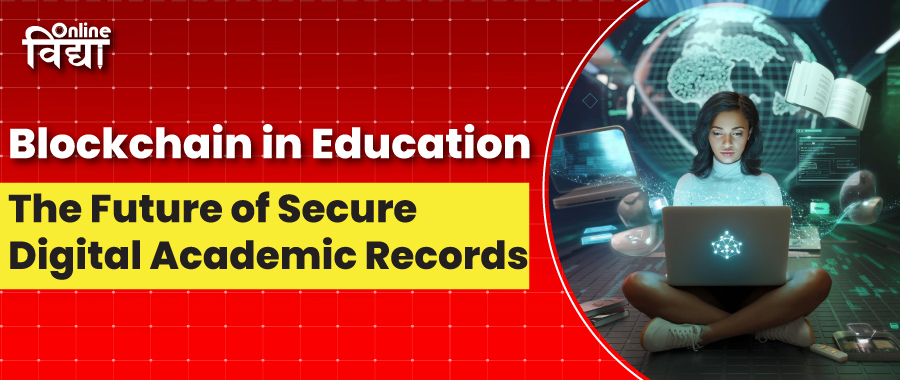
Blockchain in Education: The Future of Secure Digital Academic Records
Blockchain in Education: The Future of Secure Digital Academic Records,May 12, 2025
Information
May 12, 2025
1094 Views
- Share:
Education has undergone tremendous change, from the conventional classroom environment to e-learning and now blended learning. The COVID-19 pandemic accelerated the use of digital learning, with schools and institutions of learning all over the globe using Learning Management Systems (LMSs) and online platforms to teach students. Blockchain technology can also potentially revolutionize the education sector entirely. Academic data management and the communication between teachers and students might be transformed by blockchain technology. Let us explore how blockchain technology could influence schooling in the future.
1. Assignments and Class Smart Contracts
Smart contracts based on blockchain can also make teachers' work easier. Lines of code that are embedded into a blockchain and executed automatically when certain conditions are met constitute a smart contract. Moreover, smart contracts can be employed to manage the distribution and content of courses. They can track student progress and assignment completion and automate the distribution of course materials such as readings, videos, and quizzes. This can improve the overall organization of the courses and reduce the administrative load.
2. Student Record Keeping
The demand for fake degrees and certificates is increasing with the rise of online education.
Globally, many businesses and institutions are beginning to fret about this. This problem of certification management can thus easily be solved by a blockchain, where universities can mark the certificates as irreversible entries on the blocks. With accurate URLs, students can easily post these credentials on their resumes, social media handles, and email signatures. These identification and certificate management services are provided by several blockchain development companies. All documents are stored on the blockchain, which is transparent and decentralized, making them immutable and verifiable.
3. Incentivizing with Cryptocurrency
When a child changes schools, the process of document transfer and verification takes time for the school administration, the teacher, and the student. Colleges and schools can utilize blockchain technology to streamline the verification process. Our outstanding performance in extracurricular and academic work makes us win scholarships, trophies, and rewards, but blockchain technology also allows us to provide children with real rewards in the form of bitcoins and other cryptocurrencies. Teachers can make use of gamification in online learning environments to provide students with rewards for finishing modules or other activities. Tokenizing every reward in the form of digital currency is facilitated by the gamification features of learning management systems.
4. Credentials and Digital Records
Secure digital records and certificates are extremely important to create easily verifiable and display on one's digital portfolio. This is one of the main applications of blockchain in e-learning.
Peer-to-peer learning and collaboration could be promoted and enabled at the same time through setting up smart contracts to incentivize students for participating in online discussions or for providing feedback about the assignments of their peers.
For a more interactive experience in learning, it also helps students build up effective communication and critical thinking skills.
5. Authenticity and Certification
Well, well, or less Blockchain's distributed ledger technology could enhance accountability and transparency in the education sector. It could make possible the production of a tamper-proof, verifiable, and irreversible record of educational information: transcripts, degrees, and certifications. This means that academic achievements could be authenticated with absolute accuracy, and employers can be believed regarding their skills and knowledge by employers. The exchange of documents and their verification is a heavy process when a student transfers to a different school. The verification process at school is done through blockchain technology. Through the blockchain, student records can conveniently move along with an existing student changing schools. Many blockchain development firms manufacture and issue irreversible, non-forgeable certificates that are easy to verify.
6. Lower Cost
It can also be extended to situations where grades of students who visit other institutions in exchange programs can easily be transferred between institutions by providing the needed access, reducing administrative costs.
Virtual reality and augmented reality are increasingly blending with the real world, disrupting many economic industries around the world.
As opposed to traditional centralized databases, the newly developed blockchain provides higher efficiency and storage. The concepts of blockchain, cryptocurrencies, and the metaverse are already reshaping the banking industry.
In conclusion, introducing these to the academic curriculum will not only increase the options among youth but will also develop an efficient, economic, and equitable framework that caters to every student.
FAQs
What is an educational blockchain?
An autonomous, decentralized, and robustly secure system will perfectly encapsulate, archive, and authenticate a student's academic records. All kinds of records, grades, or certificates are stored securely on the blockchain and are easily verifiable by authorized parties without involving any third party.
What exactly is the "blockchain" in academia?
Blockchain is a kind of distributed ledger technology that is not centralized, as it publishes all digital transactions made into it and has been validated through a network of independent nodes reaching consensus regarding the transaction going into the ledger.
What is the future role of blockchain in education?
The education industry will also benefit a lot from blockchain. It allows institutions of learning to protect their students' information. They can be proud of their credentials, honors, degrees, and academic image. It promotes transparency and trust among management, students, and instructors.
Is it safe to use blockchain?
Since blockchains were created to be transparent and unchangeable through the use of cryptographic keys and consensus processes, the answer is yes. Blockchain networks and their constituent nodes are nonetheless vulnerable to certain types of cyberattacks.

Meet Our Counselling Experts
Get 100% Free Career Counseling




PlacementPartners

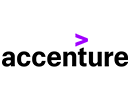
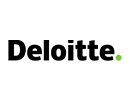
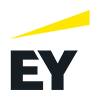



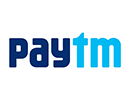
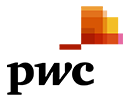
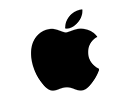
Schedule Your 30 min Couselling Session With Today!!
Select a Date of your choice :
You Have Selected Slot on .

